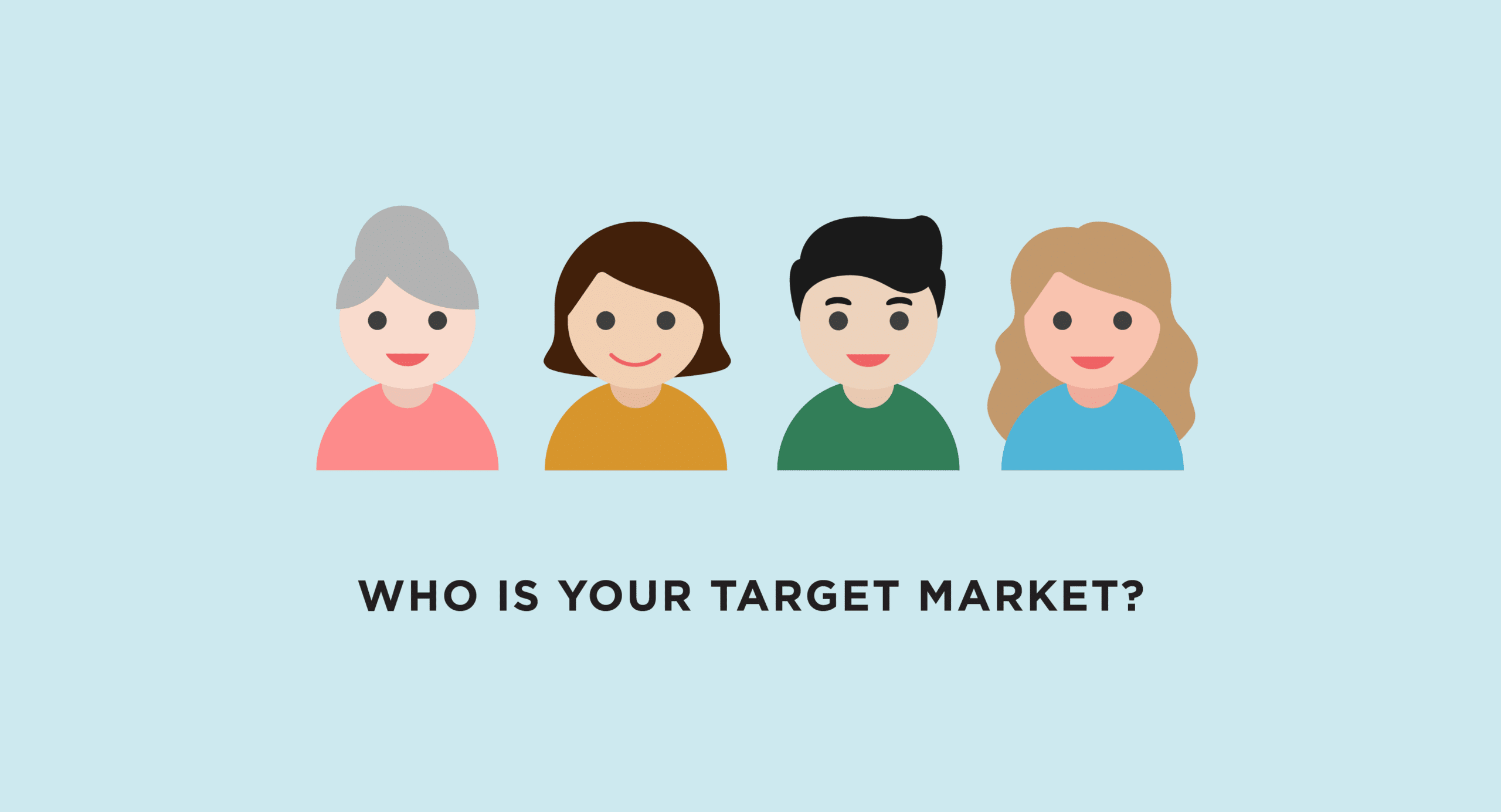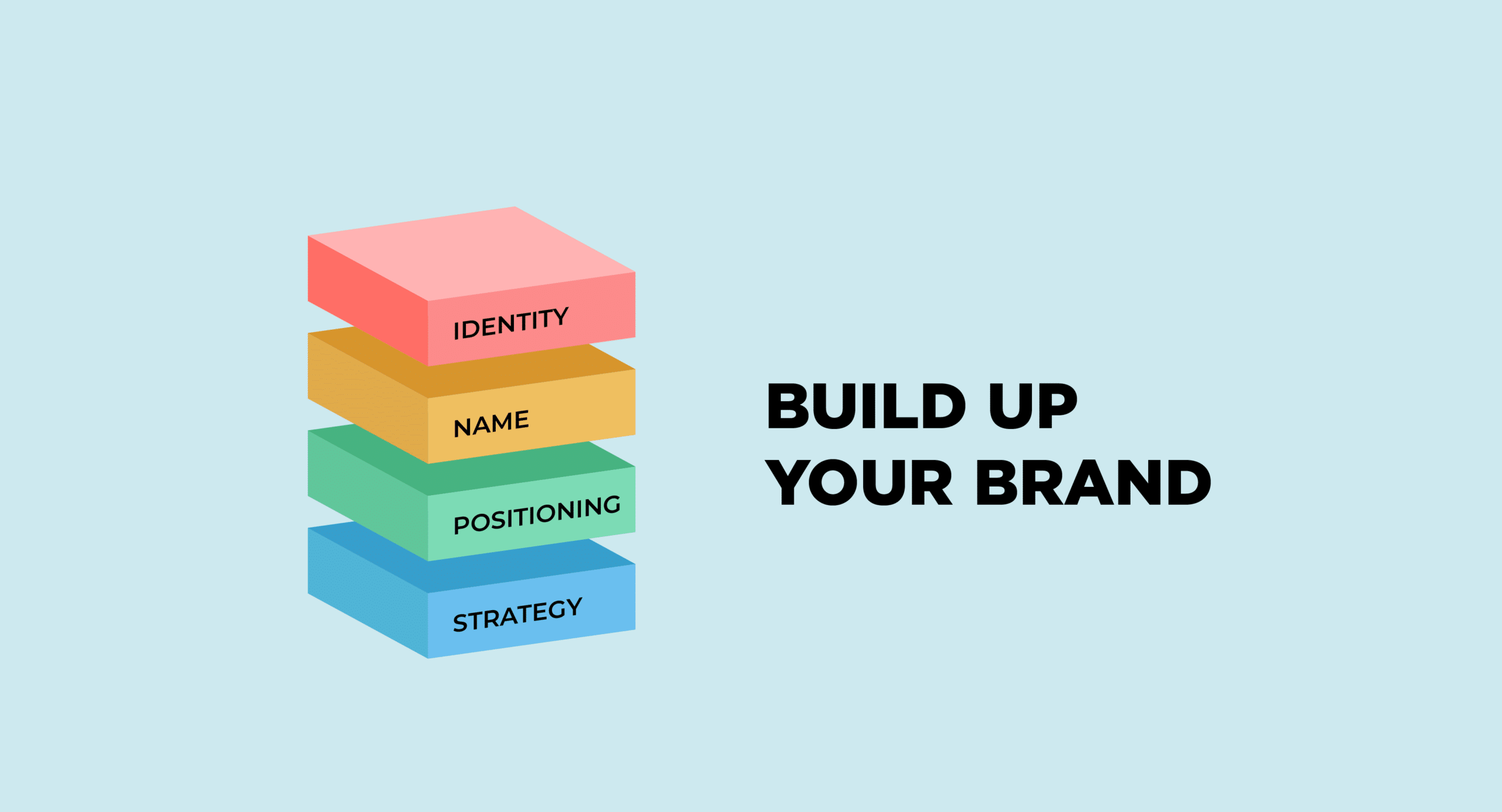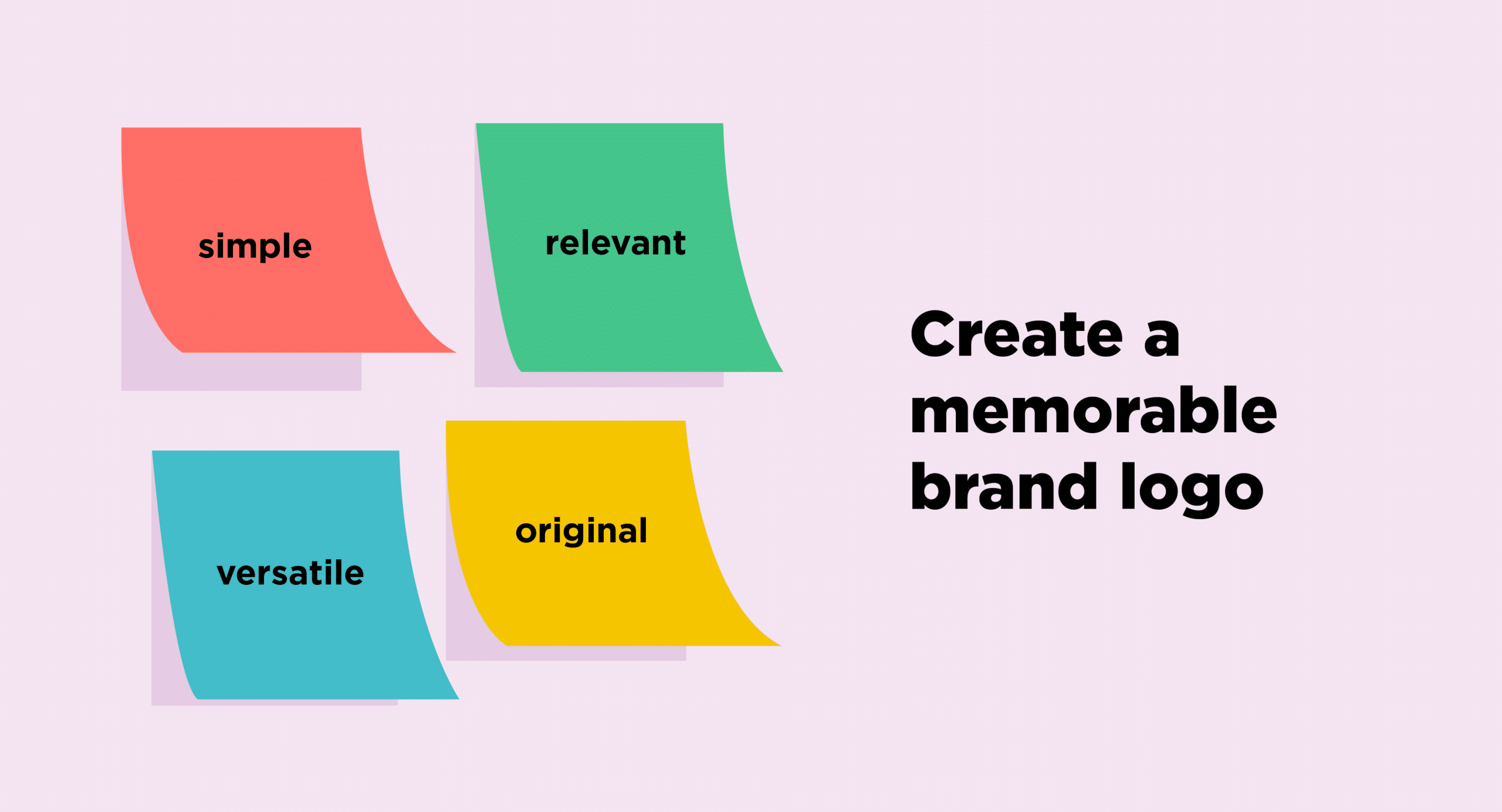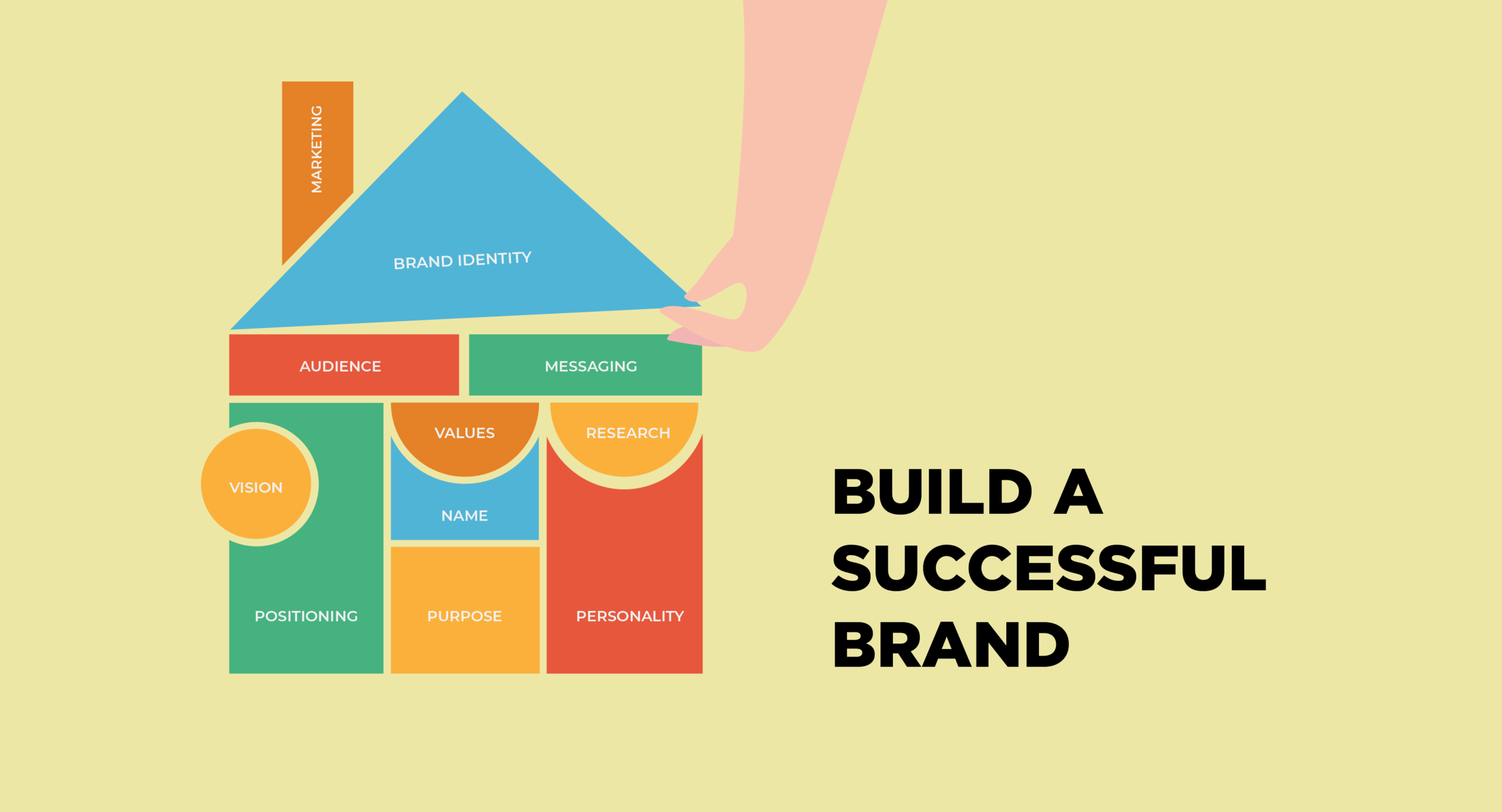BRANDING
How to Build a Brand: A Business Owner’s Guide
Creating a brand with real appeal is something every business owner aspires to and for good reason.
In today’s world of global brands battling it out with an ever-increasing number of start-ups, a beautifully built brand is a necessity.
Think of branding as a way to use your logo, brand name and colours to trigger memories, emotions and a sense of relationship in the consumers’ mind.
Your goal is to build strong connection with everyone in the market – most particularly your target audience – one they will instantly recognise and relate to.

Is branding really that important?
I’m sure you’ve heard that to be successful in business, you need to understand cash flow is king, leadership is a skill to be mastered and innovation is the key to success.
So next to these, can branding really be that important?
Yes, it is; and the difference branding can make is seen in one of your most important measures – sales.
US brand agency MBLM looked at 386 companies in its Brand Intimacy Report for 2017, from 15 industries across three distinct markets: America, Mexico and the United Arab Emirates.
What they found was brands which rated in the top 10 for ‘intimacy’ achieved an average 10.3% annual growth in revenue over the last decade compared to 3.2% for Fortune top 500 companies.
A brand guide
So how does your business get a piece of this superior performance?
Let’s start with one piece of advice: great brands operate on three levels: a promise your product will solve a problem, an emotional connection customers respond to, and an association customers believe says something about them to their social group.
To stay in business, your brand simply must deliver on the first level. To prosper, great brands, build all three aspects into their media, marketing and communications.
Positioning in the market
Successful brand building strategies are highly selective about where their brands stand in the market place.
To do this well, you need to be fundamentally clear on which part of the market you want to serve and which you don’t.
The best way to think about this is not as old-style measures such as price versus quality, but rather what your target consumers are thinking about and feeling when they choose which brand they buy.
Think of these as the sticky elements which appeal to the real purpose behind a purchase – containing an emotional element and a social reason.
For instance, someone buying sausages for a BBQ may be as attracted to telling their guests about how their butcher draws on their European heritage to hand make their product, and they wouldn’t dream of buying a value pack from their supermarket.
As you can see from this example, while differentiation from competitors’ brands may be important, how you engage people and meet their underlying needs is as important as any physical difference between your products and others in the market.
Once you have determined what you want your brand to stand for, it’s time to crystallise this understanding into a positioning statement.
Your positioning should be a clearly worded guide ensuring your brand always lives up to its promises. Make sure it’s:
- Clear, simple and memorable
- Crafted to the emotional and tangible needs of your customers
- Unique – differentiated from competitors
- Credible
- Matches perfectly with evidence your brand works
- Definitive, a guide for your business decisions.

Creating a brand name
Consider your brand name carefully so that it is appealing and sustainable, lasting for years without the need for chopping and changing.
Your brand name needs to fit in with your positioning statement and strike the right emotional chord.
What is does not have to do is literally name the product, as this can be rather limiting in the long run. And it’s always best to avoid a play on words as these usually comes across as cheap and amateurish.
A great example of a brand name that avoids these two drawbacks is Red Balloon, which emerged from the highly competitive on-line gift market a decade ago.
Red Balloon doesn’t describe the gift buying process but in combination with its brand identity, is about finding experiences and gifts. The name reflects the RedBalloon brand, it is unique, memorable and emotive, which is why it has proven to be a very successful brand.
Brand identity
Brand identity is just another way of describing how you design the visual aspects of your brand – logo, colour scheme, font style, imagery and other cues which bring your branding to life.
Designing a complete brand identity is quite a process in itself which we have described here but suffice to say, when your customers see your brand’s visual cues (logo, colours etc.) your goal is for them to recognise it and respond in just the way you want them to.
Keep talking and listening
No matter how small your business is now, your customers are one of the most important assets you have – if you keep engaging with them.
Listening and responding to their needs and always keeping your messages ‘on brand’ will reinforce that you’re serious about your brand’s promise.
Naturally enough, the rise of social media provides brands with an ideal way to engage with customers, impress their friends and get your message out into the market. But it also gives you real-time intelligence on what you’re doing right and where you need to lift your game.
One of the better examples I’ve seen lately is a Melbourne real estate agent who has been running competitions on Facebook asking people to creatively name features of their local area and share with at least three people to be eligible for a prize.
For this business, being seen as a local is key to their brand strategy – and the prompt to share is rewarding their customer base for getting the word out.
Your brand guide is a living document
Great brands take on a life of their own, and just like people, successful ones evolve some of their characteristics over time but they never change their underlying essence.
Once you have completed your brand building guide, you should incorporate regular reviews (say every 6 to 12 months) into your process and a refresh of your entire brand every 3 – 4 years.
Balancing consistency with an evolving relevant personality will help ensure the brand you build will help your business achieve ongoing success.
If you’d like to learn more about how to build a brand, contact brand agency Liquid Creativity and let’s make a great brand from your business.












